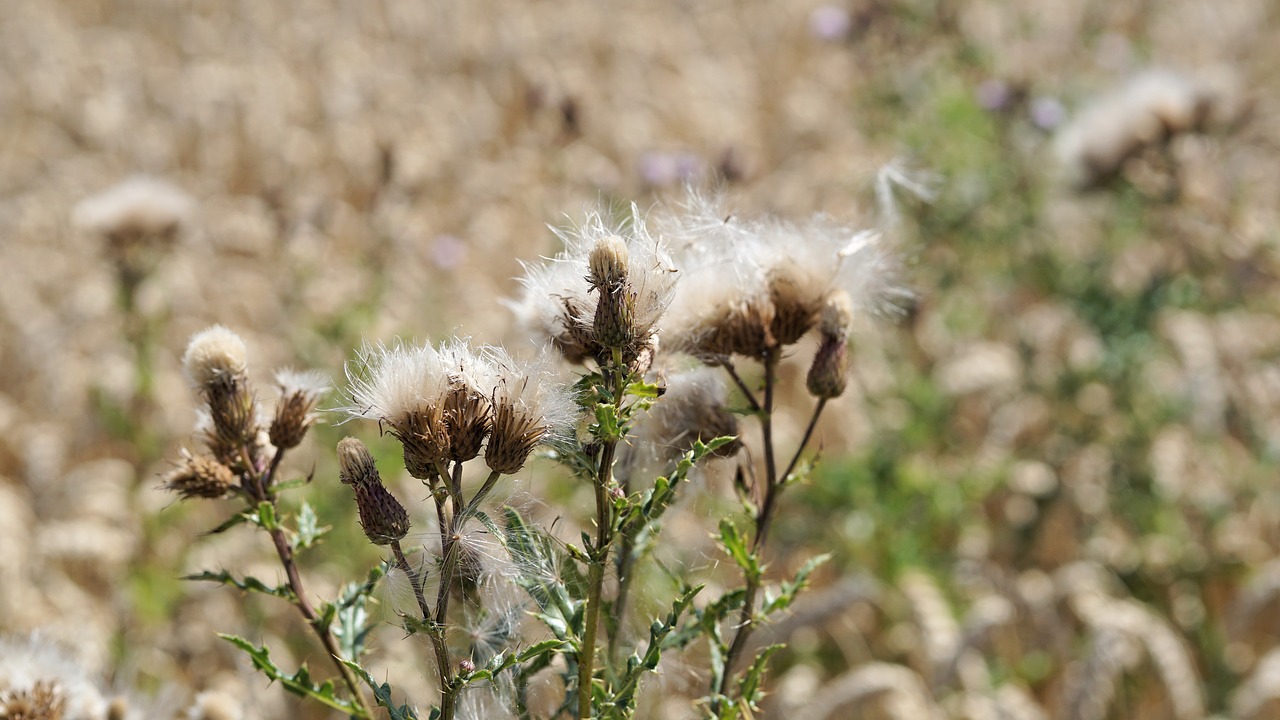
Uncontrolled, invasive weed growth in our backyards can be a huge eyesore. Thankfully, there are several weed-control methods we can employ to inhibit further growth or destroy these plants.
Several methods of weed control include herbicides, physical control and cultural control, but preventive measures are just as important in ensuring an ongoing measure to control weed growth.
But without careful consideration, weed control can go wrong, causing more harm than good to our plantations, health and soil. Take caution in your landscaping and gardening efforts to avoid damages from weed-control mishaps.
Spray Drift
When using sprayable pesticides, the chemicals may diffuse through the air and cause extensive damage to the surrounding plants. Spray drift damages can be increased in surface temperature inversion conditions.
For example, about $20 million worth of cotton crop in Australia was damaged due to spray drifts in 2016, leading to what could be the highest damage levels in about 30 years. It was believed that the temperature inversion increased the damages towards the cotton crops.
Chemical Spills
When handling any types of chemicals, spills can occur. If pesticides, herbicides or other weed-killing chemicals are spilt on soil, you should decontaminate the area by removing up to 10 centimetres of topsoil and covering the ground with first some hydrated lime and then another layer of clean soil.
Chemical Trespass
Chemical trespass occurs when chemical agents are forced into our community via certain industrial-waste disposals and of course, aerial herbicide spraying.
The cotton crop damage is a prime example of chemical trespass, as the aerial spray targeting the plants uphill of the cotton crop trespasses its intended area.
In 2016, chemical trespass due to spray drift led to some pesticides being diffused into a woman’s home in Queensland, leading to her hospitalisation.
Pesticide Poisoning
You can get pesticide poisoning by ingesting plants that were heavily treated with pesticides or by inhaling any sprayed herbicide vapours. Additionally, pesticides can easily seep into your body through your forearms, your forehead, and your eyes.
In 2012 a man accidentally sprayed some herbicides towards himself and ingested it, leading to a fatal outcome on the day after.
When you have symptoms of pesticide poisoning, such as chemical burns, eyes, nose or throat irritation or excessive salivation, you must quickly decontaminate by washing up immediately seeking medical treatment.
According to a 2017 study, more serious damage towards the nervous system of farmers occurred as a result of frequent pesticide exposure, highlighting pesticides’ negative impacts on our health.
Soil Contamination
One of the most successful broad-spectrum herbicides, glyphosate, is so widely used in Australia that about .53 kilograms of glyphosate covers an estimated one hectare of land.
Several studies highlighted some glyphosate’s impacts on soil health, as well as the negative impact of this herbicide towards living organisms within the soil.
Additionally, most herbicides will leave residues, causing the chemicals to persist within the soil long after its initial application. With repeated applications, the amount of time taken for these residues to fully break down gets longer and longer, a cycle that occurs often in farming areas.
Image via Pixabay CC0 License

